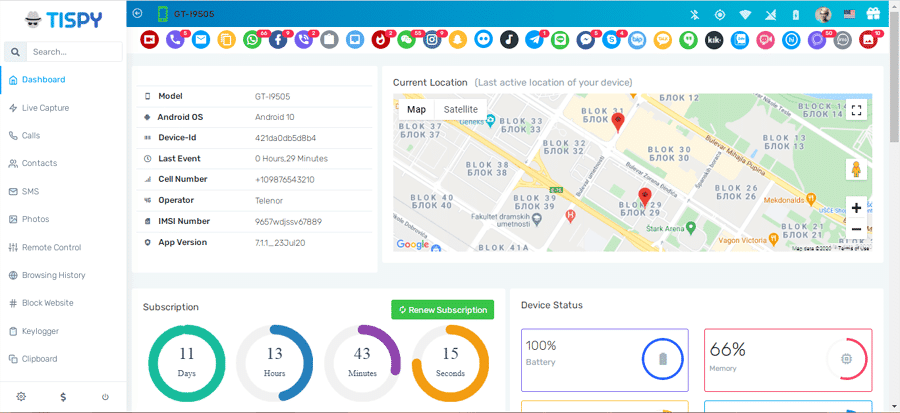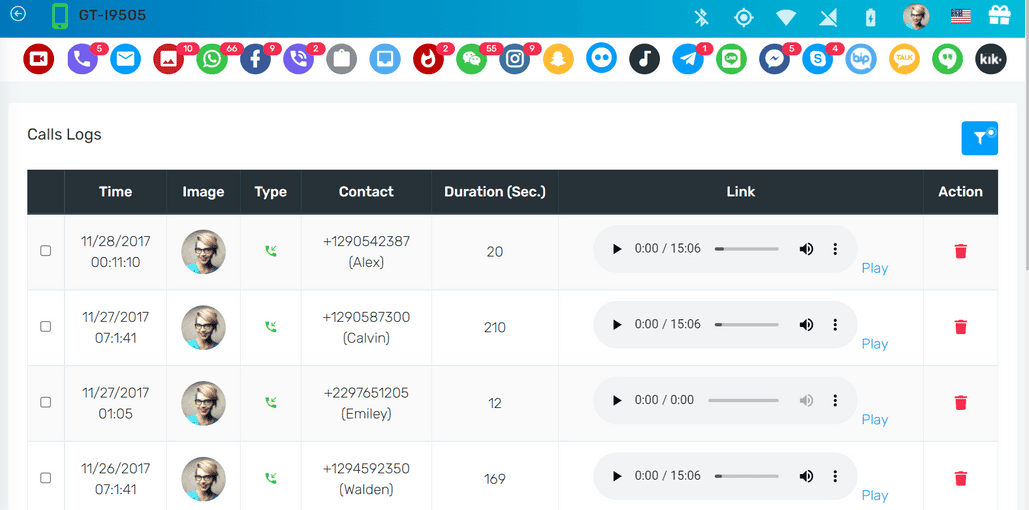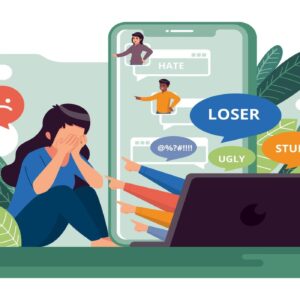Internet can be Dangerous:
The world is digital now. Our kids have to use the internet in all its forms for the future ahead. Education, careers, and social lives are growing increasingly digitised as well, and there’s no avoiding the fact that staying connected to the internet is quickly becoming a burden as much as it is a convenience. Everyday and every time kids are using mobile computer or tablets for socialization with friends and family members more then searching out the study material. Increased digitisation isn’t without its risks, though, and the bullying that was once the rite of passage in the real world for many kids into the harshness of adulthood is also quickly becoming the norm online as well.
Cyberbullying is a growing menace and left alone to their devices, and it is a tool that only strengthens the bully’s method of abuse, and worsens a growing child’s long-term mental health. The words are most harmful that are used in cyberbullying by teens
Methods of Cyberbullying
Let’s explore the different methods of cyberbullying this new age has bought on us, and how things have become different while staying the same. 1. Harassment – Harassing Someone on Social Media Finding someone’s social media contact and making them the target of your hatred is easier than ever for maladjusted children, with the almost negligible amount of work needed to locate a person on the internet, making someone the target of a harassing campaign barely requires lifting a handful of fingers and going at it. Social media plays a significant role in cyberbullying. 2. Impersonation – Impersonating Someone at Any Platform If a person hasn’t already occupied their real name on any social media platform, there’s no regulations or measures in place to prevent anyone and everyone from grabbing any name they wish. Impersonating another child and using his identity to damage his social, academic, and personal life is easier than forgetting to study for a test. 3. Using Photographs Privacy is dead for all practical reasons. Any time your child or anyone else finds themselves in a foolish, silly, or humiliating position in real life, that moment is sure to be immortalized on the internet with a ready army of civilians all around you with their cell phone cameras ready to amplify even the smallest innocuous moment into a personal relations nightmare online. 4. Creating Websites, Blogs, Polls, and More Making a person the sole dedication of humiliation in a website is easier than ever before with rapid-fire website, blog, and poll creation tools available on the internet allowing the sickest minds online to target whatever they wish with little regulation or deterrence. 5. Participating in Video Shaming Being captured live in a moment of stupidity and having it posted online can be debilitating for mental health. Videos are almost impossible to remove from the internet, even with the best efforts of the website owners and government, and the crowd of camera-wielding armies constantly around at all times can make your child turn into a victim — or predator with equal ease if left unchecked. 6. Flaming Internet-speak for abusing, flaming is incredibly common on unregulated social media, forums, phone chat rooms and everything else where people are anonymous and wearing masks to hide their true selves. The online world can be incredibly harsh, with several new mental illnesses being exacerbated and created purely due to the invention of the online and social world. 7. Outing/Doxing Internet-speak for finding a person’s personal contact information, and spreading the information to have a legion of people calling up phones of relatives, of schools and workplaces belonging to the target and disparaging them and damaging their reputation. Pranksters and abusers online use all their creativity and storytelling skills to wreak maximum havoc on individual lives by harassing everyone connected to their target. 8. Cyberstalking Repeatedly hunting someone down, whichever site the target escapes to, and subjecting them to abuse mental torture, and threats in the new age are easier than ever with proxies, anonymous email, phone calls and messages on their social media wall. Children without guidance, with all the free time in the world? A potential for stalking and leaving permanent scars online where in real life, simple measures like the police solve things in a snap.Hire a guardian angel and keep them in your pocket
TiSPY is an exclusive parental control software for cell phones with nearly half a million children worldwide safeguarded and protected every day. With 95% customer satisfaction, this is an easy to use, simple, safe, software that makes it the most powerful tool you have in protecting your child against the dangers of cyberbullies and other online nuisances. It is very important for parents to protect your kid from being cyber-bullied

Log into any web browser in the world and get notifications and detailed reports about your child’s cell phone behaviour. Its one of the best parental monitoring software.




